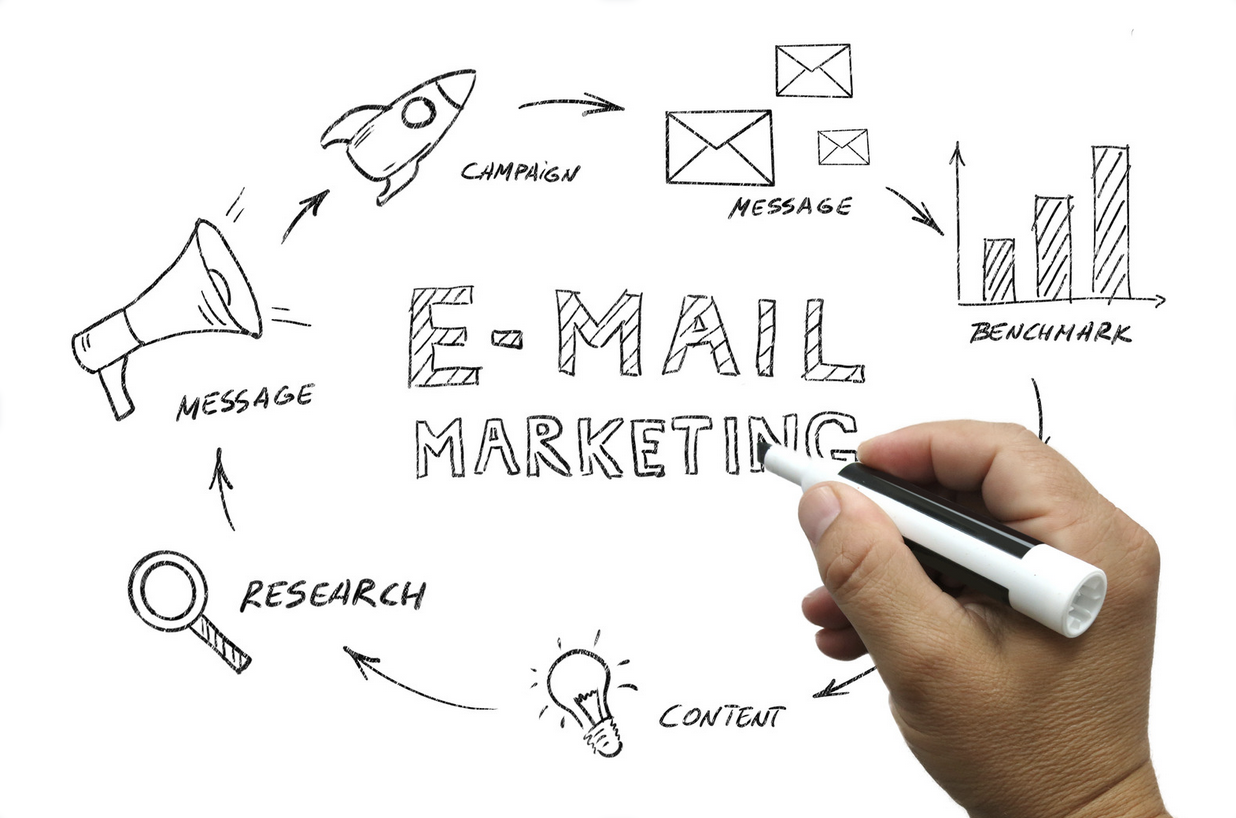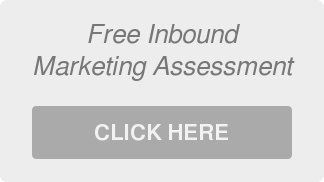Cinco de Mayo, celebrated on May 5th, has become a popular holiday in the United States, often associated with margaritas, tacos, and vibrant parades. However, there's more to this day than festivities. Here are some interesting facts about the history of Cinco de Mayo that might surprise you.
Courtney Lawson
Recent Posts
Teleprospecting remains a critical element in the sales process, bridging the gap between initial contact and closing a deal. With the digital age bringing about myriad ways to connect with potential clients, teleprospecting still stands out for its direct approach and personal touch. However, turning cold calls into hot leads is no small feat. It requires strategic planning, skilled communication, and a deep understanding of your prospective clients' needs and pain points.
Sponsoring events can be a potent tool in a marketing arsenal. However, the effectiveness of event sponsorship often hinges on the strategy employed to leverage these opportunities. In a landscape where competition for consumer attention is fierce, understanding how to maximize return on investment (ROI) is paramount. For companies looking to ensure that their sponsorship efforts yield strong dividends, here are five strategies to employ.
In the fast-paced domain of digital marketing, staying ahead requires continuous innovation. Given the digital landscape's unprecedented growth, businesses are increasingly turning to finely tailored strategies to stand out and grow their customer base. Despite its complexity, digital marketing presents vast opportunities to engage with audience segments, build brand awareness, and, most importantly, acquire valuable leads. Here are 6 tactics to help you get started.
Email marketing has stood the test of time and remains one of the most effective marketing tactics for lead generation. Crafting a perfect email campaign involves an intricate balance of creativity, data analysis, copywriting finesse, and a deep understanding of your audience. Here are some tips for creating email campaigns that reach your audience and resonate with them personally, ultimately driving a surge in quality leads for your business.








